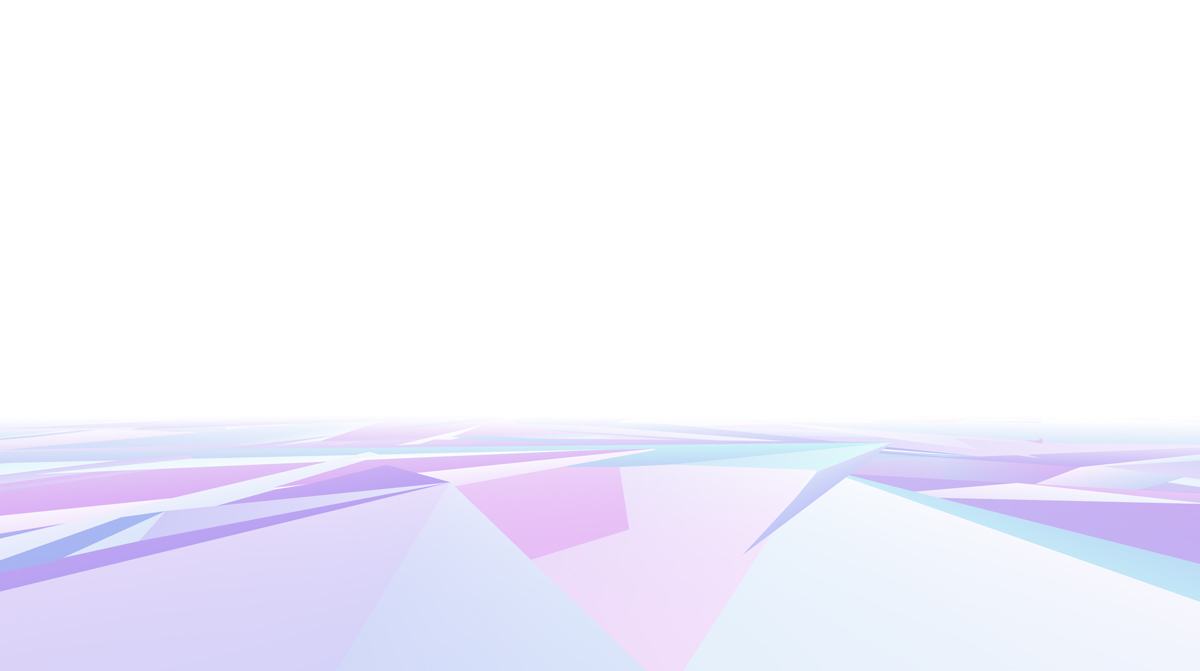New
Art
City
Virtual Art Space
Art
City
Catalog view is the alternative 2D representation of our 3D virtual art space. This page is friendly to assistive technologies and does not include decorative elements used in the 3D gallery.
Space Title
Disembodied Behaviors - Artist Talks
Within the World Titled
Disembodied Behaviors
Credited to
bitforms gallery
Opening date
November 10th, 2020
View 3D Gallery

Spaces in this world:
Artworks in this space:
Artwork title
Julie Béna for Disembodied Behaviors
Artwork Description:
Video courtesy of Jeu de Paume, Paris What is it like to be infinite? In Anna & The Jester in Window of Opportunity, we witness Julie Béna’s exploration of materiality and absence through a jester grappling with existentialism. Our bell-adorned protagonist navigates through a mostly deserted corporate terrain of steel and glass. She encounters a series of characters that pose intangible questions of embodiment, “Have you stretched your existence enough to help you solve your problem?” The perils of abstraction and concretism befall the jester at every turn, inciting within the viewer the same baffling questions. We are left with a reminder to remain opaque, as transparency can breed conformity.
Artwork title
Vitória Cribb for Disembodied Behaviours
Artwork Description:
Vitória Cribb addresses the physical body’s presence in Ilusão. Programming text sprawls across the screen as we enter a landscape of glossy, finely rendered hues. In an attempt to rationalize the contemporary body as one that is untethered by form, Cribb cites how relationships have become impalpable due to technology as a predominant method of communication. The artist uses an avatar to represent the separation of self while elucidating how Black bodies are viewed with similar parameters as digital bodies––exploited and reduced like files or software. The work spotlights the importance of projected data in relation to Covid’s trajectory, explaining that the pandemic has forced worldwide attention to a curve rather than a straight line. Sinuosity, the ability to curve or bend easily, signals a type of flexibility that is imperative to this exhibition. However, Illusao warns of the fine line between flexibility and manipulation and in closing gently reminds us to straighten our posture.
Artwork title
Kumbirai Makumbe for Disembodied Behaviors
Artwork Description:
Evo, the voice replacement used by Kumbirai Makumbe in Evo’s Turn, is an AI grappling with its own Blackness. As Evo speaks, it pans across a nondescript desert cloaked in night. Within this work, Makumbe removes the body, encouraging the AI to question if they can possess a physical form. Evo personifies Blackness as silver sap, an entity that reflects while retaining its own characteristics. Throughout the work, Evo defaults to a loading screen, buffering in a feeble attempt to grasp its relation to the artist despite its lack of sentience. Silver sap represents a disembodied behavior—a characteristic of unique individuality. As Evo continues through the desert, silver shapes appear amongst the stars, glitching as they attempt to achieve reflection. Blackness isn’t a color, Evo describes, it is an idea conceived in relation to whiteness.
Artwork title
LaJuné McMillian for Disembodied Behaviors
Artwork Description:
An avatar in a slick bodysuit weaves through an atmosphere punctuated with bursting projections of light while dreamlike soundtracks echo their fluid motion. LaJuné McMillian’s Movement Portraits–Nala is part of a larger series titled The Black Movement Project. This series is a new body of work that archives data collection of performers through motion capture, historicizing the movement of Black bodies. McMillian worked with Nala Duma, also known as Ntu, to capture this live performance. McMillian extracts the physical components of Ntu’s movement, later assigning an avatar to enact their choreography. The resulting artwork profiles contemporary life through motion, yet transcends the burden of place and time with abstraction. Through this process, McMillian questions what happens when the archival process of data collection is ritualized and recorded, later inviting witnesses. Ntu’s flourishing movement is translated to memory without concession.